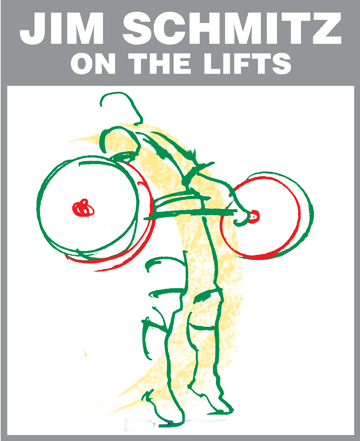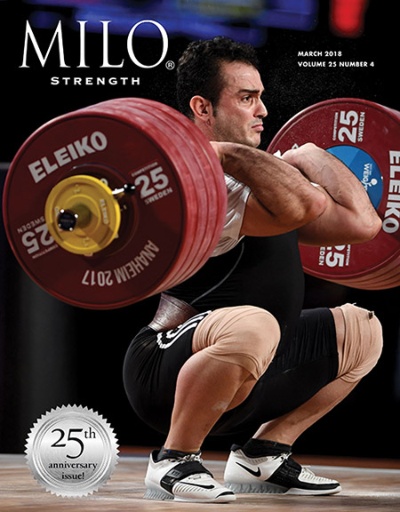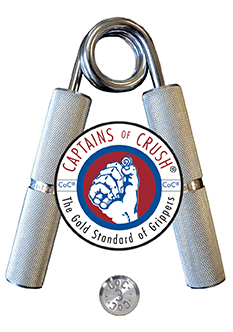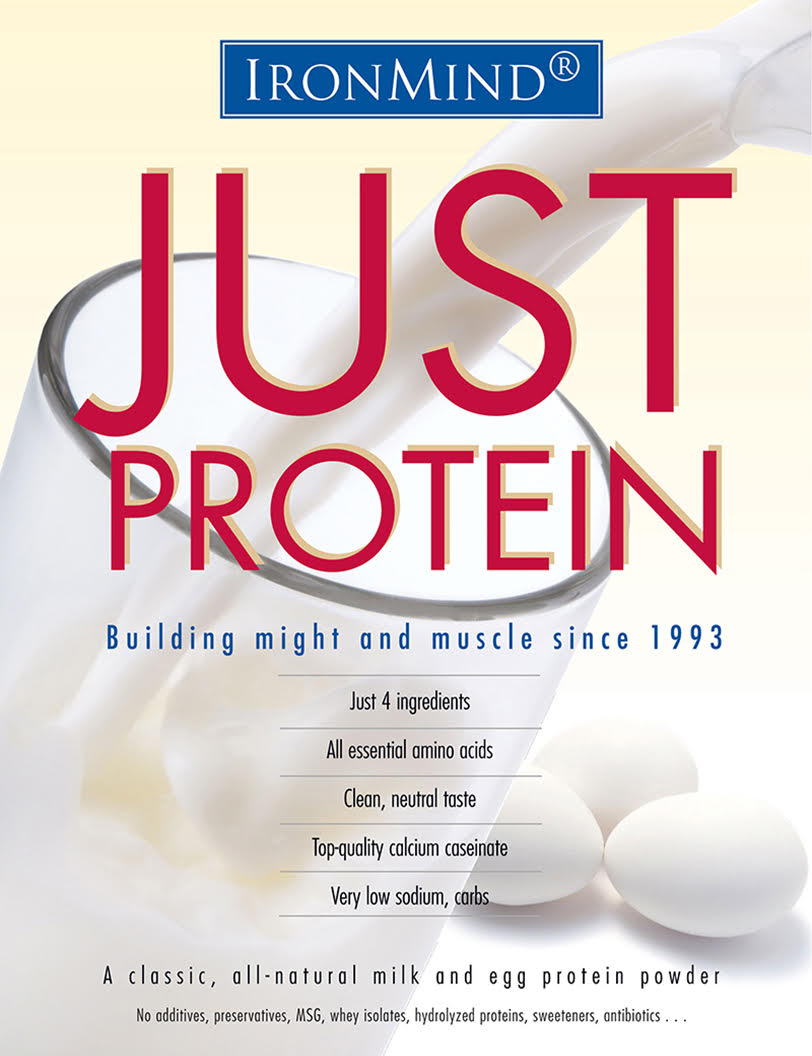
U.S. Olympic Weightlifting Team Coach 1980, 1988 & 1992 Author of Olympic-style Weightlifting for Beginner & Intermediate Weightlifters Manual and DVD
All strength and power athletes know there is “good” pain and “bad” pain, and I’m sure any athlete who pushes his body to its max also understands that. When I start beginners in weightlifting I always tell them to expect a fair amount of discomfort. They may want to call it pain, but I tell them weightlifting is just uncomfortable to various parts of the body at times. I’m just trying to let them know that there is pain in weightlifting and in any physical activity that you want to excel in. The “good” pain is basically soreness while the “bad” pain is usually an injury.
So, what is good about pain? Well, there are many good things about pain:
1) it is a warning that something might be going wrong with your body which could lead to a serious injury
2) it tells you when you aren’t in shape for certain activities
3) it tells you when you are ready to resume an activity
4) it tells you that you are doing your activity incorrectly
5) it tells you when you are overtraining
6) it tells you that an old injury isn’t healed or if it is being re-injured.
What’s bad about pain? It means you are injured and can’t perform to your ability or at all and that’s our worst situation.
So, what’s this about “good” pain and “bad” pain? It takes experience to know the difference, but the sooner you learn the difference and understand it, the better you will be able to push yourself to your limits. The “good” pain is the yellow cautionary light that tells you to stop or back off what you are doing so as not to do serious damage. When you feel the “good” pain, you ease up on your exercise or workout and let your body adapt to the stress you’ve put on it. Maybe it’s just a few minutes for a day or two, or maybe you lighten up your training for a few workouts.
Also, there is the “good” pain or soreness after a maximum lift, workout or competition where your muscles, joints, and body in general feel beat. This type of pain feels good because you know you pushed your body to its limit and maybe a little beyond and you feel good because of your accomplishment. You walk around feeling the soreness or pain and it feels good because it reminds you of your successful maximum performance.
The “bad” pain is an injury that hurts a lot and means you won’t be able to perform your lifts for a while or maybe longer. It might be a flare-up of an old injury, which will be a set-back to your program. It is usually accompanied by sharp pain and swelling and is sensitive to touch. “Bad” pain at its worst is a serious injury, a tissue tear. If after 2 to 3 days you are still feeling what you think is “good” pain, it may be “bad” pain; get it checked out.
That’s why we say “it hurts good,” meaning we have some pain and soreness, but it is the result of a good workout or competition and that it isn’t an injury that will sideline us. Usually after a great lift, workout, or competition, you feel so good you don’t feel any pain. That’s why I always ask my lifters after a competition or maximum workout, “How do you feel? Do you hurt good?” Know your pain!

















